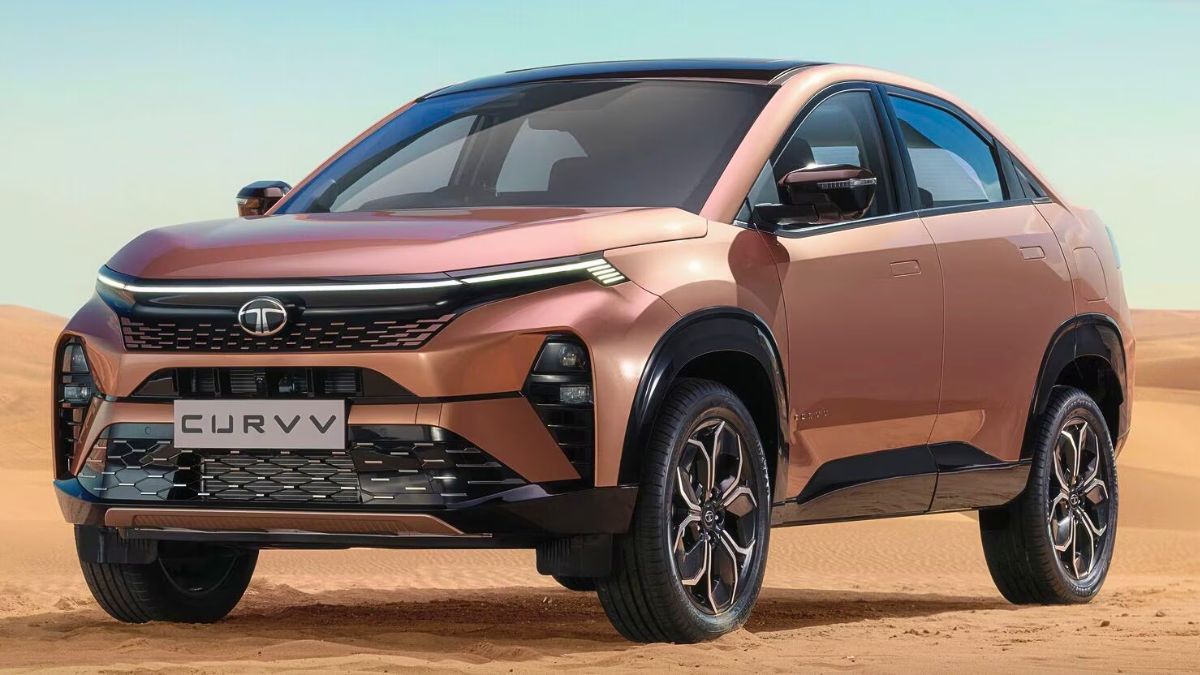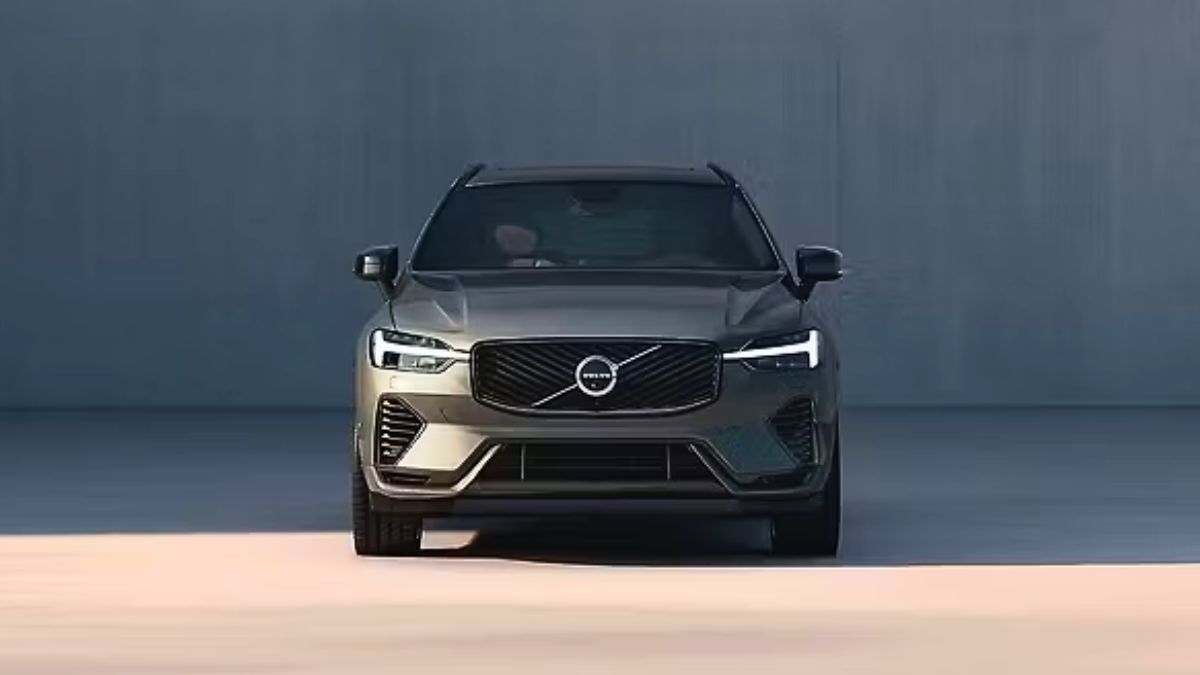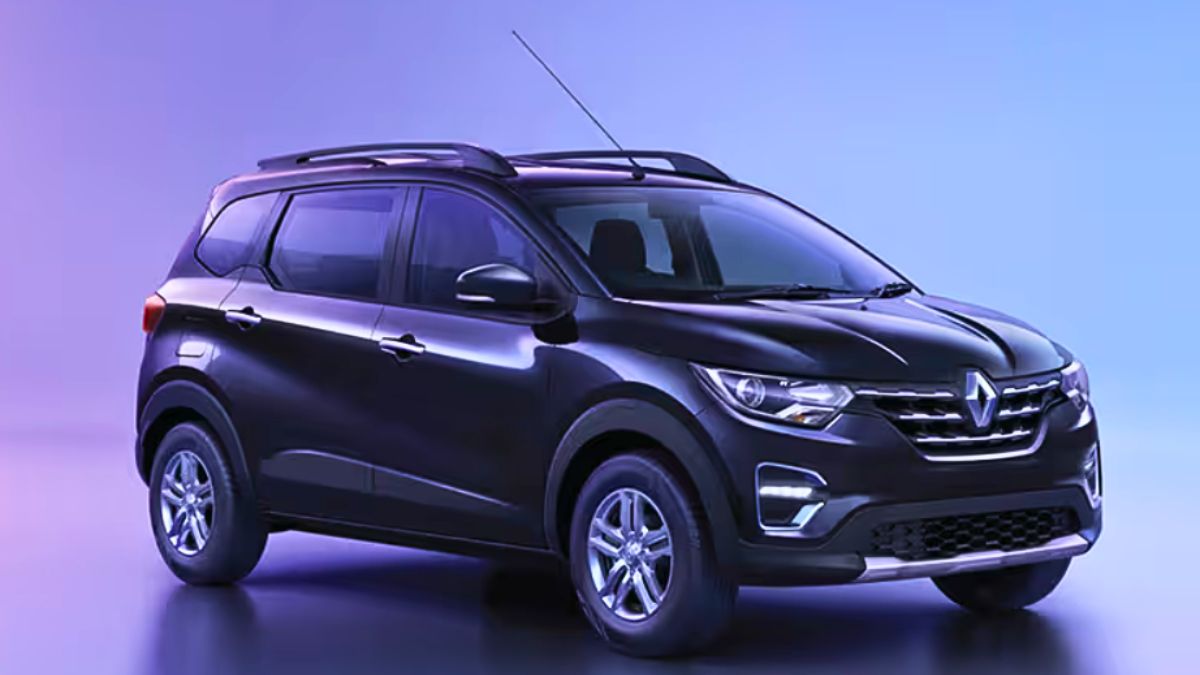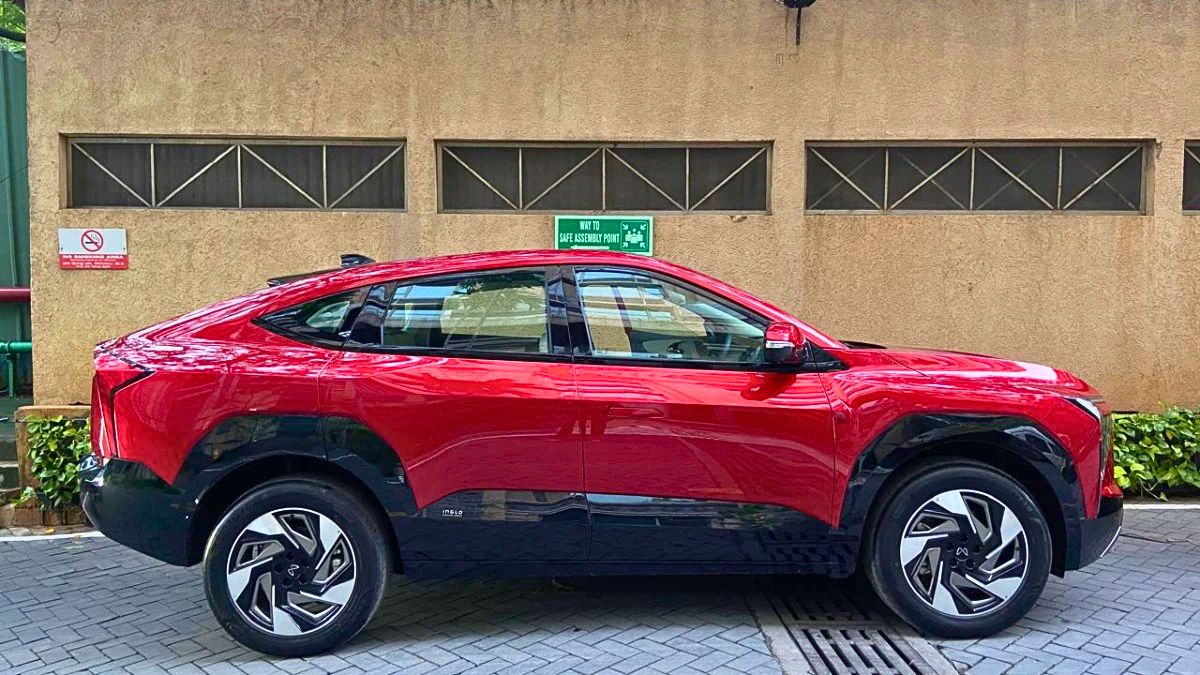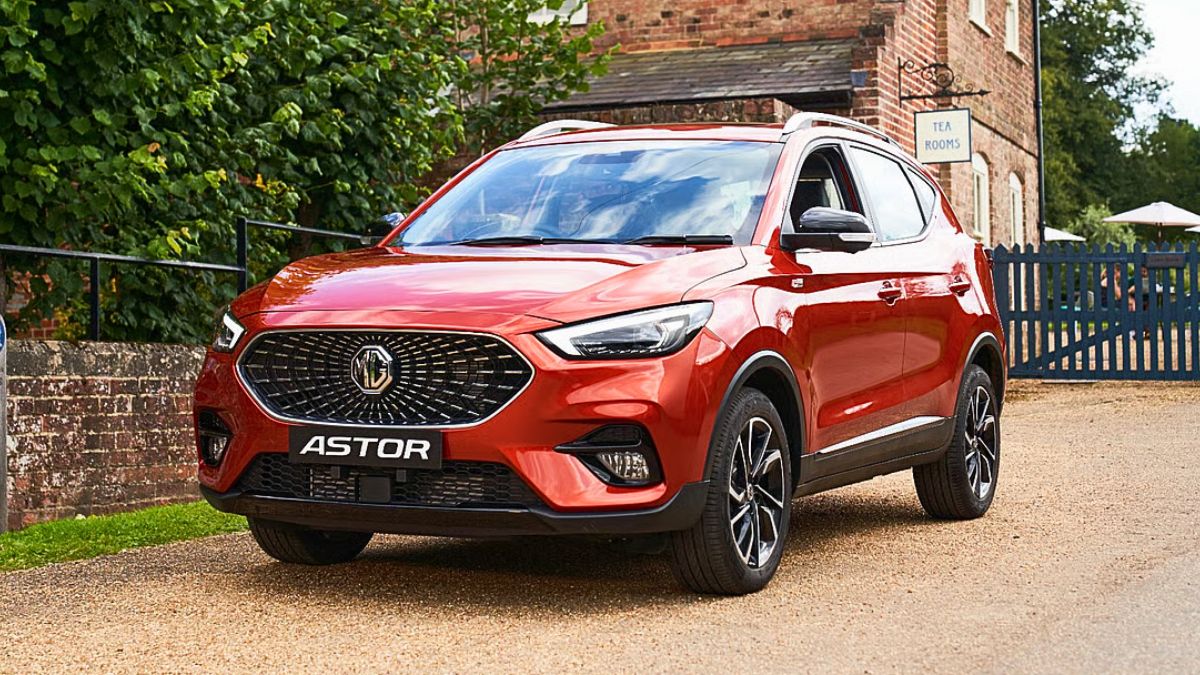Tata Motors is taking a giant leap with its Advanced Driver Assistance Systems (ADAS), developed entirely in India. According to Mohan Savarkar, Chief Product Officer and Vice President of Tata Motors Passenger Vehicles, the brand’s ADAS learnings in India are so robust that they can be applied globally with just a few tweaks.
Speaking with CarWale, Savarkar highlighted that India’s unique traffic scenarios have fast-tracked ADAS evolution, taking less than half the time compared to Western markets. That’s a pretty impressive claim — and it’s one that sets the tone for India playing a key role in global automotive tech.
Table of Contents
Innovation
What makes Tata’s ADAS development so special? It’s built in India, for India, from the ground up. That means it’s designed with local driving conditions, habits, and chaos in mind. Think of it like training an athlete in extreme conditions — if it works here, it’ll work anywhere.
India’s roads come with challenges you rarely find in the West. Savarkar gave examples like identifying triple-seat riders on two-wheelers and pedestrians walking alongside bikes — situations that don’t even exist in most developed countries. These local quirks pushed Tata’s ADAS systems to evolve differently, giving them a leg up when adapted for global use.
Growth
India’s rapid adoption of ADAS is another interesting point. According to Savarkar, the time taken to reach mass acceptance in India is less than half of what Western markets needed. That’s big. It signals a change in buyer priorities and growing demand for tech-driven safety.
Tata’s ADAS journey hasn’t just been quick — it’s also homegrown. Unlike many automakers that bring in systems from global partners, Tata has engineered its ADAS in-house with a clear focus on Indian conditions. This makes it one of the few indigenous systems making waves beyond its domestic market.
Expansion
The story doesn’t stop with just a few models. Savarkar hinted at a trickle-down effect — meaning that ADAS won’t remain exclusive to the high-end lineup for long. Tata aims to bring some form of this technology to more of its vehicles across different price points.
As of now, Level 2 ADAS is available on the Tata Harrier, Safari, Curvv, and Curvv EV. And it’s not stopping there. Upcoming launches like the Sierra, Sierra EV, and the highly anticipated Harrier EV (launching on 3 June) are expected to carry forward the ADAS legacy.
Future
Tata’s bold steps in developing ADAS locally have not only boosted its brand value but also positioned it as a serious tech innovator in the global car space. As safety becomes a bigger buying factor for customers, Tata’s in-house system could become a key differentiator — not just in India, but worldwide.
Here’s the exciting part — since the groundwork is already strong, global rollout could happen faster than expected. A few region-specific tweaks and Tata’s Indian-bred ADAS might soon be operating in Europe, South America, or Southeast Asia.
Summary Table
| Feature | Details |
|---|---|
| ADAS Level | Level 2 (currently offered) |
| Developed By | Tata Motors, entirely in India |
| Unique Learnings | Triple-seat detection, walking pedestrians |
| Models with ADAS | Harrier, Safari, Curvv, Curvv EV |
| Expected Models | Sierra, Sierra EV, Harrier EV (launch: 3 June) |
| Global Potential | High, with minor region-specific tweaks |
Tata’s story is no longer just about making reliable cars — it’s about innovating tech that works across borders. With ADAS built for Indian roads, the company has developed a system resilient enough to perform under any condition. And if something can survive Indian traffic, it’s definitely ready for the world.
FAQs
Where is Tata’s ADAS developed?
Tata’s ADAS is developed entirely in India.
Which Tata cars have ADAS?
Harrier, Safari, Curvv, and Curvv EV currently offer ADAS.
What makes Tata’s ADAS unique?
It handles Indian road quirks like triple-seat detection.
Is ADAS coming to more Tata models?
Yes, including Sierra, Sierra EV, and Harrier EV.
When will Harrier EV be launched?
The Tata Harrier EV launches on 3 June.
